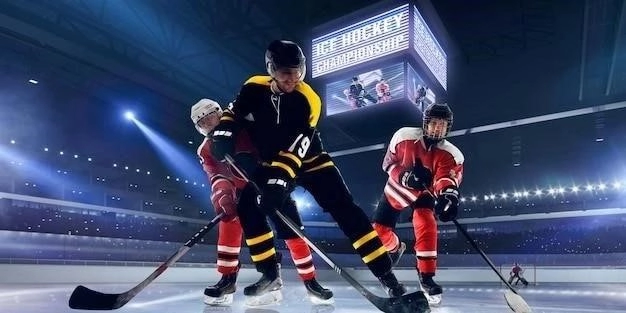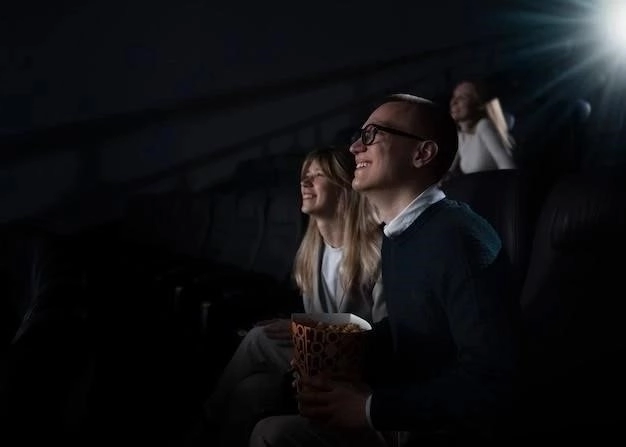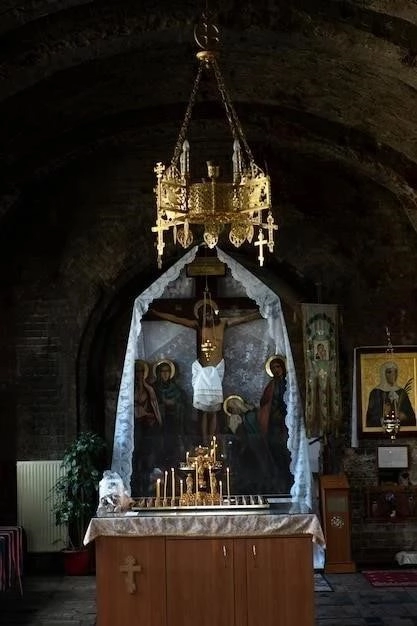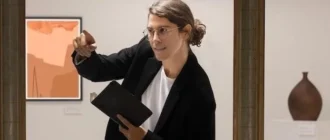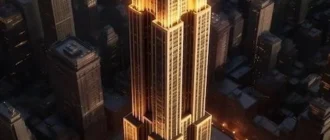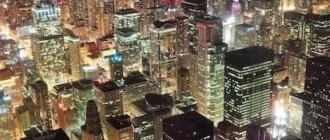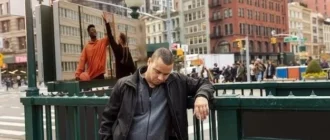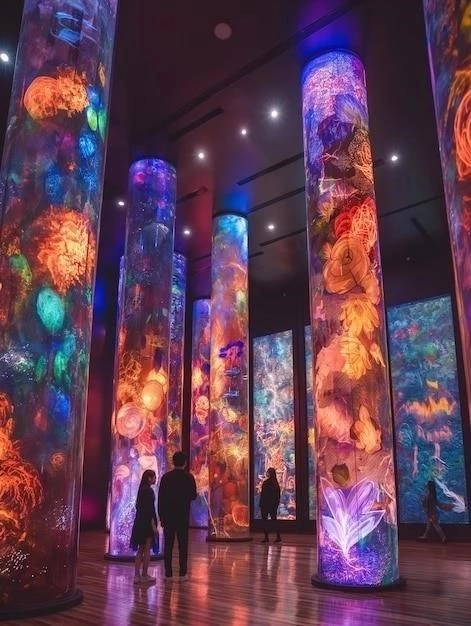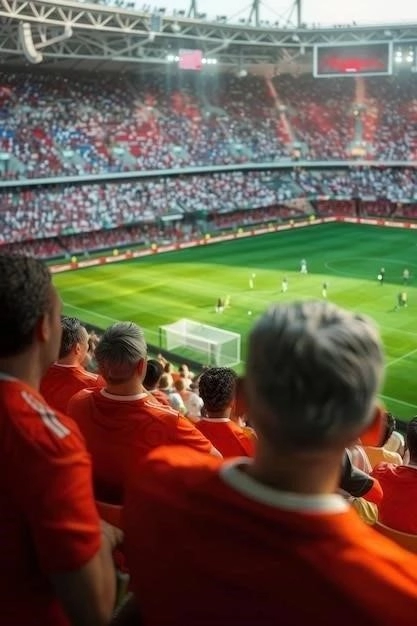Each year, as the clock ticks down the final seconds of the departing year, the eyes of the world turn to New York City’s Times Square. Here, amidst a dazzling spectacle of lights, music, and anticipation, the iconic New Year’s Eve Ball Drop takes center stage. This globally recognized event, steeped in over a century of tradition, marks the passage of time and the arrival of a new year with unmatched exuberance and collective hope.
The Origins of a Tradition
The dazzling spectacle that is the Times Square New Year’s Eve Ball Drop boasts a rich history interwoven with technological advancements, civic pride, and a touch of serendipity. While the captivating descent of the Ball now symbolizes the turning of the year, the celebration itself predates the iconic drop by several years.
The origins can be traced back to 1904, when Adolph S. Ochs, publisher of The New York Times, orchestrated a grand New Year’s Eve fireworks display atop the newly erected Times Tower, a symbol of the city’s burgeoning ambition. This dazzling pyrotechnic exhibition served as a celebratory inauguration of the newly designated “Times Square,” named after the newspaper’s headquarters. For three consecutive years, the sky above Times Square blazed with the brilliance of fireworks, marking the new year with a symphony of light and sound.
However, fate, in the form of a city ordinance, intervened. In 1907, a ban on fireworks came into effect, prompting Ochs to seek an equally captivating alternative to usher in the new year. Inspired by the time balls used in harbors to signal time to ships, Ochs envisioned a similar spectacle, albeit on a grander scale, for Times Square. Thus, the concept of the New Year’s Eve Ball Drop was born, a unique and enduring tradition that would capture the imagination of the world.
The Times Square Ball: An Icon is Born
The year 1907 marked the inaugural descent of the New Year’s Eve Ball, a spectacle that would swiftly ascend to the status of a global icon. Crafted from iron and wood, the inaugural ball was five feet in diameter and adorned with one hundred 25-watt light bulbs, its incandescent glow a beacon against the night sky. Weighing in at a substantial 700 pounds, this illuminated sphere was lowered from the flagpole atop One Times Square, capturing the attention of over 200,000 spectators gathered below.
This inaugural event, though a departure from the previous fireworks displays, was met with resounding enthusiasm. The descent of the Ball, a tangible countdown to the new year, resonated with the crowd, its symbolic significance immediately palpable. Newspapers across the country heralded the event, and the Times Square Ball Drop secured its place as the defining symbol of New Year’s Eve celebrations, not just in New York City, but across the nation.
Over the ensuing decades, the Ball itself would undergo a series of transformations, each iteration reflecting advancements in design, materials, and technology. From humble beginnings as a relatively simple illuminated sphere, the Ball has evolved into a dazzling geodesic sphere, a technological marvel adorned with thousands of energy-efficient LED lights and intricate crystal panels, capable of displaying a mesmerizing kaleidoscope of colors and patterns.
Adolph Ochs: The Visionary Behind the Spectacle
The enduring legacy of the Times Square New Year’s Eve Ball Drop is inextricably linked to the vision and determination of Adolph S. Ochs, publisher of The New York Times from 1896 to 1935. A newspaperman of remarkable acumen, Ochs possessed an unwavering belief in the power of public spectacle to captivate and unite. His ambition extended beyond the printed word; he envisioned Times Square as a vibrant hub of celebration, a stage for shared experiences that would transcend geographical and social boundaries.
Having transformed The New York Times from a struggling publication into a respected and influential voice, Ochs turned his attention to solidifying the newspaper’s presence in the city’s landscape. The construction of the Times Tower, completed in 1904, was a testament to his ambition, its prominent location at the crossroads of Broadway and Seventh Avenue a strategic choice that would forever alter the city’s landscape.
The inaugural New Year’s Eve fireworks display in 1904 was Ochs’s masterstroke, a public spectacle designed to etch the name “Times Square” into the collective consciousness. When a fireworks ban threatened to derail his vision, Ochs’s resourcefulness and determination led to the birth of the Ball Drop, a tradition that would surpass even his grandest expectations, becoming an enduring symbol of New Year’s Eve revelry across the globe.
Evolution of the Ball: From Humble Beginnings to Technological Marvel
The Times Square Ball, a beacon of timekeeping and celebration, has undergone a remarkable transformation since its humble beginnings in 1907. This evolution, a testament to technological advancements and artistic innovation, mirrors the ever-changing landscape of Times Square itself, a district synonymous with progress and spectacle.
The inaugural iron-and-wood ball, adorned with incandescent bulbs, has given way to a succession of increasingly sophisticated spheres. The 1920s saw the introduction of a wrought-iron ball, lighter and more intricate in design. In 1955, the ball was reimagined as a glittering geodesic sphere, its aluminum skin adorned with thousands of light bulbs, a dazzling symbol of the Atomic Age.
The dawn of the new millennium ushered in a new era for the Ball. In 2000, Waterford Crystal, renowned for its exquisite craftsmanship, partnered with Times Square to create a dazzling crystal-clad sphere, its facets reflecting and refracting light in a mesmerizing display. This collaboration marked a significant shift, transforming the Ball into a work of art as well as a technological marvel.
Today’s Ball is a testament to cutting-edge technology. Energy-efficient LED lights, capable of producing a spectrum of colors and patterns, illuminate the crystal panels, creating a dazzling spectacle that captivates millions worldwide. This evolution, from a simple illuminated sphere to a technological and artistic tour de force, embodies the spirit of innovation that defines both Times Square and the Ball Drop itself.
The Ball Drop Ritual: A Minute of Anticipation, a Lifetime of Memories
The final minute preceding the descent of the Times Square Ball is a sensory symphony of anticipation, a crescendo of excitement that culminates in a collective eruption of joy. As the illuminated numerals on the One Times Square building tick down the final seconds, a hush descends upon the throngs gathered below, a palpable sense of anticipation hanging in the air.
The final sixty seconds are a carefully choreographed spectacle. Celebrities and musical performers grace the stage, their voices rising above the expectant hum of the crowd. Confetti cannons stand poised, ready to unleash a cascade of shimmering color. Millions around the world watch on television, their own countdowns synchronized with the iconic event.
And then, the descent begins. The Ball, a beacon of hope and renewal, glides down its designated pole, its progress measured in heartbeats. With each passing second, the cheers grow louder, the anticipation reaching fever pitch. The final ten seconds are a chorus of voices, united in a countdown that transcends language and culture.
As the Ball reaches its destination, signaling the stroke of midnight and the birth of a new year, a collective roar erupts from Times Square. Confetti rains down, horns blare, and strangers embrace, sharing a fleeting moment of unbridled joy. It is a spectacle witnessed by millions, a memory etched in the hearts of those present, a testament to the power of shared experience and the enduring allure of the Times Square New Year’s Eve Ball Drop.
Times Square on New Year’s Eve: A Global Gathering

As the waning hours of December 31st descend upon New York City, Times Square transforms into a global crossroads, a vibrant tapestry of humanity drawn together by the allure of the New Year’s Eve Ball Drop. The throngs that descend upon this iconic intersection represent a microcosm of the world itself – a multitude of languages, cultures, and backgrounds united by a shared sense of anticipation and the promise of a fresh start.
The atmosphere is electric, a palpable buzz of excitement rippling through the crowd. Visitors from every corner of the globe, bundled against the winter chill, jostle for a glimpse of the main stage, their eyes drawn skyward to the glistening Ball suspended above. The air hums with a cacophony of accents, laughter, and the incessant click of cameras capturing the moment for posterity.
For many, the experience is a pilgrimage of sorts, a once-in-a-lifetime opportunity to witness firsthand the iconic Ball Drop. Others, seasoned veterans of the event, return year after year, drawn by the camaraderie, the energy, and the enduring magic of Times Square on New Year’s Eve. Regardless of origin or motivation, the crowd forms a united front, their collective gaze fixed upon the symbol of time and renewal, their hearts beating in unison as the final seconds of the year tick away.
Beyond the Ball Drop: Performances, Festivities, and Entertainment
While the descent of the Times Square Ball reigns supreme as the evening’s climactic moment, the celebration extends far beyond that single event. Throughout the day and late into the night, Times Square transforms into a vibrant tapestry of entertainment, a captivating fusion of music, spectacle, and festive revelry.

As the sun begins its westward descent, casting long shadows across the city, the main stage comes alive with a carefully curated lineup of musical performances. Renowned artists from various genres, from pop to rock to country, grace the stage, their voices echoing through the canyons of Times Square, providing a rousing soundtrack to the day’s festivities.

Beyond the main stage, a festive atmosphere pervades every corner of Times Square. Street performers captivate passersby with dazzling displays of acrobatics, magic, and musical talent. Elaborate light shows illuminate the facades of towering buildings, transforming the urban landscape into a dazzling kaleidoscope of color. The scent of roasting nuts and street food wafts through the air, mingling with the joyous chatter of the crowd.
The hours leading up to the Ball Drop are a sensory feast, a vibrant celebration of the year’s end and the anticipation of a new beginning. It is a testament to the enduring power of shared experience, a testament to the city’s ability to create moments of collective joy and wonder.
Broadcasting the Spectacle: Reaching Millions Worldwide
The Times Square New Year’s Eve Ball Drop transcends its physical location, reaching millions of viewers worldwide through the pervasive power of broadcast media. The event has become synonymous with New Year’s Eve itself, a global spectacle beamed into homes across continents, uniting a global audience in a shared experience of anticipation and celebration.
The first televised broadcast of the Ball Drop occurred in 1942, a testament to the burgeoning power of the medium. Since then, the broadcast has become an annual tradition, a fixture of New Year’s Eve programming across a multitude of networks. Skilled commentators provide historical context and insightful observations, guiding viewers through the evening’s festivities.
In the digital age, the reach of the Ball Drop has expanded exponentially. Live streaming platforms provide instant access to the event, allowing viewers from across the globe to participate in real-time. Social media platforms buzz with activity, as users share photos, videos, and messages, amplifying the event’s reach and creating a virtual community united in celebration.
The Economic Impact: Tourism and Beyond
The Times Square New Year’s Eve Ball Drop, beyond its status as a globally recognized spectacle, exerts a considerable economic impact, infusing the city of New York with a surge of tourism-driven revenue and bolstering a range of industries.
The event attracts hundreds of thousands of visitors annually, many traveling from distant states and countries, eager to partake in the iconic celebration. These visitors contribute significantly to the local economy, filling hotel rooms, frequenting restaurants, patronizing shops, and utilizing transportation services, generating a ripple effect that benefits businesses of all sizes.
Moreover, the global exposure generated by the Ball Drop’s extensive media coverage enhances New York City’s international profile, solidifying its image as a dynamic and vibrant destination. This heightened visibility translates into increased tourism throughout the year, as travelers seek to experience the allure and excitement associated with Times Square and its iconic celebrations. Beyond the immediate economic impact, the event serves as a powerful branding opportunity for New York City, reinforcing its position as a global hub of entertainment, culture, and commerce.
Safety and Security: Ensuring a Smooth Celebration
Ensuring the safety and security of the immense crowds drawn to the Times Square New Year’s Eve Ball Drop is a logistical undertaking of paramount importance, requiring meticulous planning and extensive coordination among various city agencies and law enforcement entities.
In the weeks leading up to the event, a comprehensive security plan is meticulously developed and implemented. This plan encompasses a range of measures, including street closures to vehicular traffic, the establishment of designated viewing areas, and the deployment of a significant security presence, comprising both uniformed and plainclothes officers.
Advanced technology plays a crucial role in ensuring a safe celebration. Surveillance cameras strategically positioned throughout Times Square provide real-time monitoring capabilities, enabling security personnel to swiftly identify and respond to potential incidents. Radiation detectors and other sophisticated equipment are also deployed to mitigate the risk of threats.
Attendees are subject to security screenings upon entry to designated viewing areas, and backpacks, large bags, and other prohibited items are strictly forbidden. The deployment of highly visible security personnel, coupled with the implementation of comprehensive security protocols, serves to create a safe and secure environment for all attendees to enjoy this iconic celebration.
The Future of the Ball Drop: Innovation and Tradition
As the Times Square New Year’s Eve Ball Drop enters its second century, the delicate balance between preserving cherished traditions and embracing technological innovation remains paramount. The event, while steeped in history, has consistently demonstrated an ability to adapt and evolve, ensuring its enduring relevance and captivating audiences for generations to come.
Technological advancements continue to shape the Ball Drop experience. The integration of augmented reality (AR) and virtual reality (VR) technologies holds immense potential, allowing viewers both near and far to engage with the event in immersive and personalized ways. Imagine donning a VR headset and being transported to the heart of Times Square, surrounded by a virtual throng, witnessing the Ball’s descent from a vantage point previously unimaginable.
Sustainability is also likely to play an increasingly important role in the event’s future. The iconic Ball, once illuminated by incandescent bulbs, now boasts energy-efficient LED lights, reflecting a commitment to environmentally responsible practices. Future iterations of the Ball may incorporate solar panels or other sustainable technologies, further minimizing the event’s ecological footprint. The Times Square New Year’s Eve Ball Drop, a beacon of timekeeping and celebration, seems poised to continue its legacy of innovation and tradition, captivating future generations with its enduring magic.

The Enduring Appeal: Why Times Square Captures the World’s Attention
The Times Square New Year’s Eve Ball Drop, a seemingly simple act of lowering an illuminated sphere, possesses an enduring allure that transcends geographical boundaries and cultural differences. Year after year, millions across the globe tune in to witness this iconic spectacle, drawn by a potent blend of symbolism, spectacle, and shared humanity.
At its core, the Ball Drop embodies the universal desire for new beginnings. The descent of the Ball, a tangible representation of time’s passage, provides a symbolic opportunity to reflect on the year gone by and embrace the promise of a fresh start. The collective countdown, uniting millions in a shared moment of anticipation, reinforces the interconnectedness of the human experience, transcending geographical distance and cultural differences.
The sheer spectacle of the event, a sensory feast of lights, music, and celebratory revelry, amplifies its appeal. Times Square, ablaze with color and energy, transforms into a stage for shared experience, a vibrant testament to the power of human connection and collective celebration. In a world often fragmented and divided, the Times Square New Year’s Eve Ball Drop offers a unifying moment of hope and optimism, a testament to the enduring power of shared traditions and the human spirit’s capacity for renewal.

